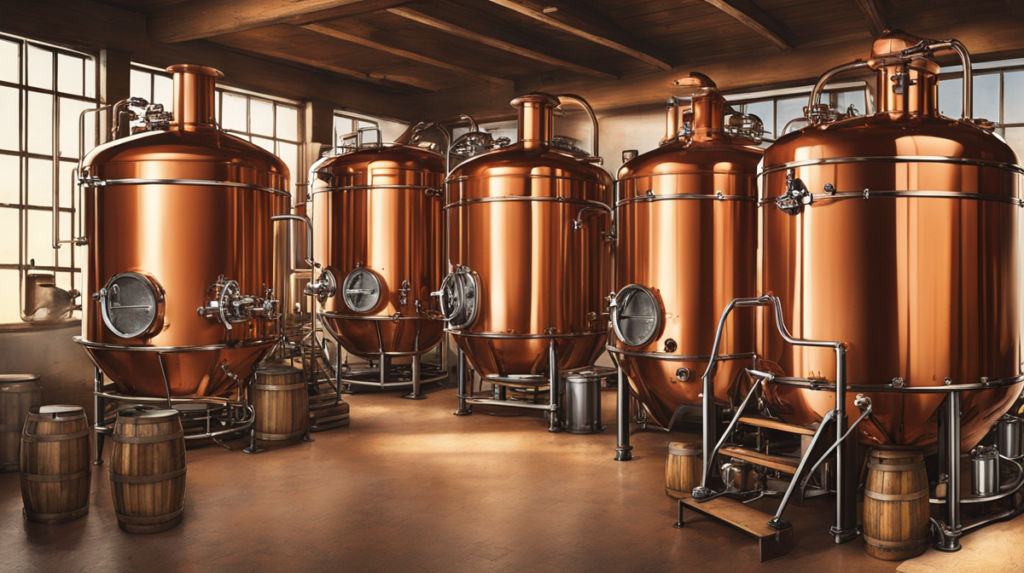When it comes to quenching thirst and enjoying a relaxing beverage, there’s a vibrant universe beyond commercial beer—it’s called craft beer, hailing from passionate microbreweries worldwide. This article immerses you in Craft Beer 101: a comprehensive guide exploring the microbrewery world, noting health-related concerns, brew-specific processes, and everything you need to enjoy craft beer responsibly.
What Is Craft Beer?
Craft beer originates from microbreweries, small-scale breweries emphasizing quality, flavor, and brewing technique over mass production. Their authenticity and creativity have transformed the beer landscape, focusing on artisan practices and invigorating beer lovers’ palates.
(Read Also: Unleashing the Magic of Food and Wine Pairing: A Guide to Elevate Your Dining Experience)
Health Aspects of Craft Beer
While beer isn’t typically associated with health benefits, craft beer deviates somewhat from this norm. Studies have shown that moderate craft beer consumption can offer benefits, thanks to high nutrient content—the result of using fresher and more diverse ingredients.
Notably, craft beer can be a significant source of dietary silicon, associated with bone health. Additionally, the abundance of antioxidants and B vitamins in craft beer contribute to its health-marking benefits. However, it’s essential to note that excessive drinking leads to harmful health consequences, including liver disease and obesity. Moderation is key.
The Brewing Process
Craft brewing is characterized by its commitment to traditional brewing methods using quality ingredients—water, malted barley, hops, and yeast. The quality of these constituents significantly impacts the beer’s flavor, aroma, and color. Craft brewers often experiment with different ingredients and brewing techniques, resulting in a broad variety of unique, high-quality beers.
Exploring Styles
From ales, lagers, stouts to IPAs and porters, the variety of craft beers is immense. Each style has its own unique flavors, aromas, textures, and colors. This diversity results from numerous factors, including the type and amount of malt and hops used, the brewing process, and the yeast strains employed for fermentation.
(Read Also: Elevating Your Home Bar: Mastering the Art of Signature Cocktails for Healthier Living)
Responsible Drinking
With craft beer’s rise, it’s crucial to remember the importance of responsible consumption. The higher alcohol content compared to commercial beer deserves attention. While enjoying craft beer’s intriguing flavors and aromas, remember to savor them in moderation, embracing the culture responsibly.
Conclusion
Craft beer and microbreweries offer an exciting journey, a continuous adventure of discovering new tastes, methods, and stories. Combine this with moderate and responsible consumption, and craft beer not only becomes a delightful pastime but also contributes subtly to a balanced diet.

